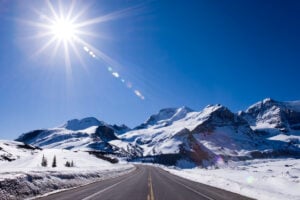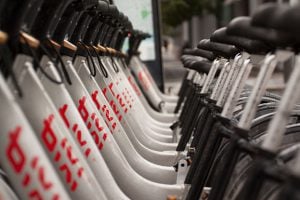By day three, I’m ready for Puna, a cold, arid plateau above 4,000 metres. There is a hike that loosely translates as “Kill the Gringo,” but I know my limits and choose the Five Lagoons, a nine-kilometre hike that my guide, Henry Jara, swears is more gentle. “In fact,” he says, “we will see nobody on this hike because nobody goes there but Explora.” Of course!
We start in Sapaccto village, where two shepherds in traditional dress are herding a flock of sheep. Beyond, a farmer tends his corn with a wooden hoe. “Do you like my mountain?” he calls out. “Do you have any coca leaves?” Alas, no; only chocolate and passion fruit.
The hills are still and silent except for the distant braying of a goat and the burbling of a mountain stream. The air is fresh and raw. The water on the lake gleams turquoise blue and my heart nearly stops as I spot my first llama in the wild, munching on grass. Several alpaca prance by, elegant and smaller in stature than the llamas. Henry makes an offering to Pachamama, the Inca earth mother, pouring hot tea into the ground. We eat lunch – potato soup and sandwiches — in a shepherd’s hut with stone walls, no roof and a mud floor. Sitting on a pile of hay, I feel thankful to be out of the high winds and hail that have suddenly come up.
We finish in mid-afternoon, having covered the nine kilometres in four hours. Our van driver awaits with an impromptu picnic of fruit and chips and dip. On our drive back through the valley, we pass by the town of Lamay on the main road. A two-and-a-half-metre-high statue of a grinning guinea pig stands outside a restaurant, enticing customers to come in and sample cuy or guinea pig. Before the Spaniards arrived, with their horses, cows, donkeys and dogs, cuy was an important source of protein. It is still a popular delicacy, but I’m holding out for a ceviche salad.
By the end of my stay, my quads are sore and my ankles creaky, but I feel restored, with a kind of energy that only comes from walking in remote places and pushing one’s limits. I carry with me the silence of nature, the earthy smell of alpaca, and the splendour of the mountains and the people who live there.









